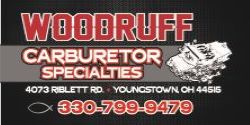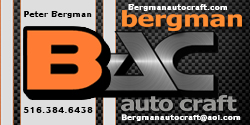A few things I would point out (but others on this site know a lot more than I do).
1. Any year 906 head will bolt up on a 65 big block motor.
2. 65 engines used closed chamber heads & I think you'd have a pretty large compression drop by adding 906 (open chamber) heads IF you are keeping the stock bottom end of the motor (I think 65 pistons set pretty far down in the cylinder). You might want to look for 915 closed-chamber heads (same big valves as 906's & basically the same ports) OR machine out the stock 65 heads (or other closed chamber, non-915 head) to accept the lager exhaust valves from the 906/915 heads.
3. If you rebuild the whole motor, maybe just use pistons for a 68/69 383 style piston (stick out of the block slightly) and use your 906 heads. With the correct cam (383 Roadrunner 68+ cam or 440 HP cam which are the same) you will end up with the exact same engine as a 68/69 Road Runner.... except I think the newer 68+ 383 exhaust manifolds flow "slightly" better.
4. Besides cam, closed chamber heads with smaller exhaust valves, lower setting pistons & exhaust manifolds, the 65 motor is identical to the 68/69 motor and stock (or aftermarket parts for that matter) are easy to find.
If it were me (it's not) and I didn't have a lot of extra cash (which I don't), I'd buy the car if the price was right, leave the closed chamber heads on it (find some 915's if I could) and put that 284/484 cam in it. If I had a little more cash, I'd have my heads re-done for the larger exhaust valve.















